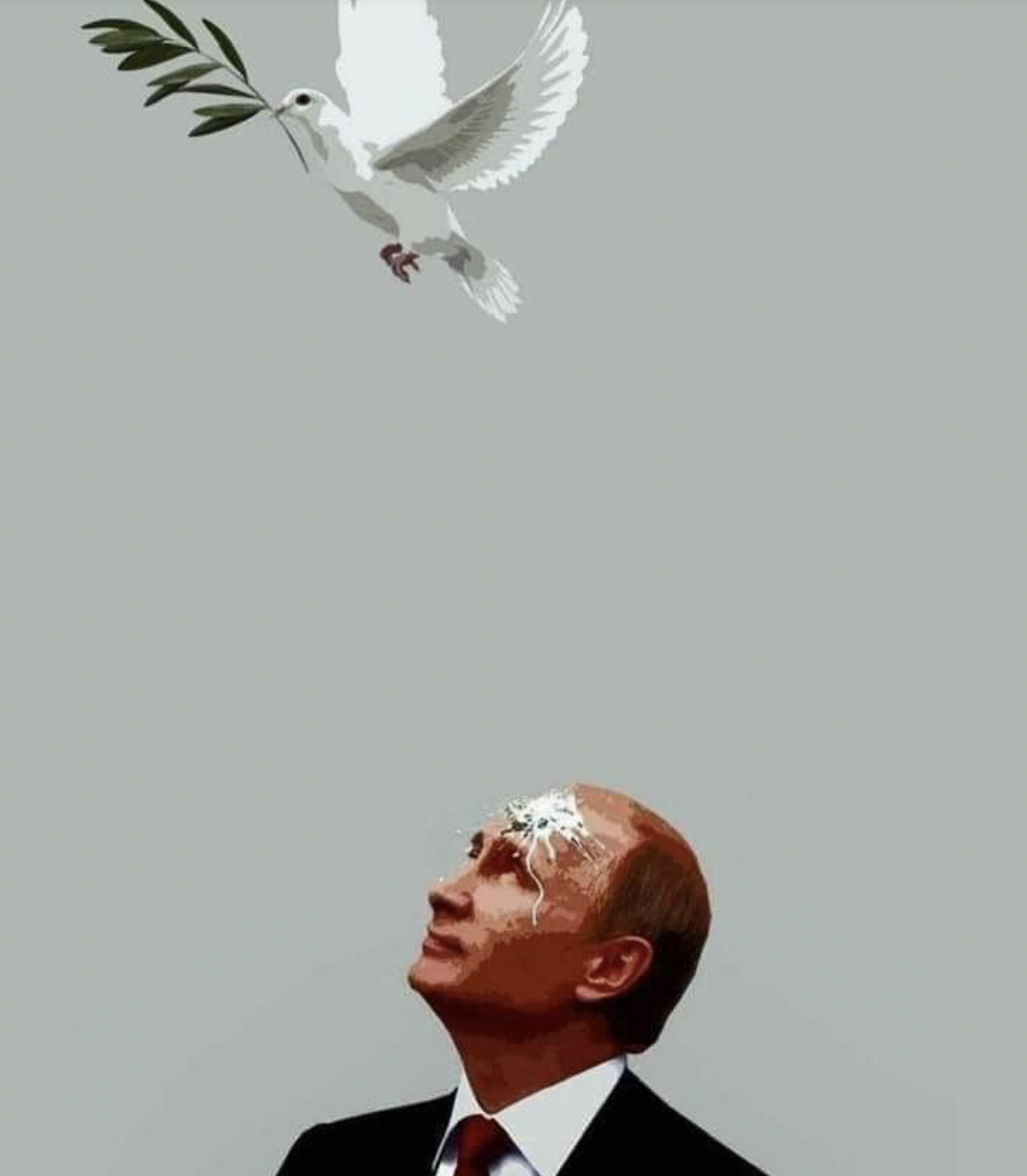GUEST BLOG: Ben Morgan: Ukraine – Signals of Russian Collapse Continue

Last week I made a risky prediction that the Russian military is on the verge of collapse. It was a bold statement, so this week we have to see how this prediction plays out, are there any indications as to whether it was correct or not?
Starting in the north with the Battle of kyiv, we can see some interesting trends developing. In the last article, the town of Obukhiv, south of kyiv, was in Ukrainian hands. It was an indicator of Ukrainian offensive action and a loss for the Russians. The city is important because holding it allows a complete encirclement of the western part of kyiv by Russia.
Obukhiv is still in Ukrainian hands, moreover the Ukrainians now hold Fastiv, Borova and Vasilykiv. Small towns south and southwest of kyiv. At the beginning of last week, all these cities were contested by the Russians. By holding these cities, the Ukrainians control a “corridor” on the western side of the Dnieper, about 60 km wide and centered on a main highway, the E95.
What this means from a tactical perspective can be summed up in three key observations. First, that the Ukrainians demonstrate their ability to take the offensive locally and win. Second, that the Ukrainians used this capability to open a supply line to kyiv. A supply line that has now been open for about 48 hours. Third, this activity demonstrates a level of planning and coordination on the Ukrainian side that indicates that their command structure is intact and planning a coherent and sensible strategy.
In the coming days, a key area to observe will be the western flank of kyiv. If the Ukrainians can generate enough combat power, which now seems likely with a wide open supply route to the city, it’s likely that we’ll see the corridor widen and push north towards Makariv.
Looking south, the Russian push towards Odessa has lost momentum. Recently Kherson fell to the Russians and after a pause they pushed west towards Odessa attacking two towns on the Bug River. Mykolaiv on the coast and 50 kilometers to the north, Voznesensk. Obviously, the Russians understood that the capture of kyiv was going to be beyond them and that moving west along the Black Sea coast there was the possibility of taking Odessa and to capture a “Crimean Corridor” thereby securing Crimea and Donestk, providing access to the sea and possibly allowing a direct land route to support Transnistria.
However, Mykolaiv and Voznesensk are now under Ukrainian control. At the moment we have not seen any Ukrainian offensives in this area, for example the recapture of cities from Russian control, but I think we should continue to look at the area between Mykolaiv in the west and the coast, Zaporizhia to the north on the Dnieper and Mariupol to the east.
Mariupol continues to be reduced by artillery fire and it will take a major offensive for the Ukrainians to retake it. However, at this point, it doesn’t seem beyond the realm of possibility in the coming weeks and a number of changes in the situation contribute to this picture. At the tactical level, we are starting to get firmer estimates of Russian casualties, with the Pentagon reporting last week that it estimates around 7,000 Russian troops were killed and it is likely that Russia suffered in the region 20,000 victims.
The Russian invasion force was around 180,000 and hitting ten percent casualties is a key threshold for military planners, as it means your force is likely to become ineffective. Then consider where those losses are most likely to be concentrated, probably in the frontline troops. We have already discussed the size of the Russian force and these losses will make a big difference to Russian effectiveness because they are simply undermanned.
Strategically, two key findings should be noted this week. First, that the Chinese have moved away from supporting the war. Chinese President Xi Jinping is walking a political tightrope trying to make China a possible mediator, but being careful not to upset either side. This is very important because it confirms that the Chinese see this war as a lost cause for Russia. Generally, there is no margin to support a loser. In terms of this war, China’s actions are very important, if they choose to support Russia directly, the threat of a catastrophic escalation is much, much higher.
The second observation is the growing power of American rhetoric and action. Last week, US diplomats forcefully warned the Chinese of intervention, President Biden also pledged around $800 million in “security” aid to Ukraine including; 800 Stinger anti-aircraft systems. 2,000 Javelin anti-tank missiles, 1,000 anti-armour guided light weapons, 100 drones and numerous ammunition, body armor and helmets. This equipment will make a huge difference for the Ukrainians and is probably already reaching the frontline troops. Remember the 60 kilometer corridor leading to kyiv.
Furthermore, President Biden called Putin a “war criminal”, a moving and escalating statement. This statement is very interesting because if there were a significant risk of nuclear escalation, it would be unlikely that the President of the United States would use this type of language. Statements like this require us to look for information that is not seen. What is happening here?
My observation is that America has substantial intelligence capability and probably very good knowledge of Russian military communication and control systems. Moreover, there are unofficial discussions between diplomats and generals and it seems likely that these sources contain information that Putin may not be as strongly backed by his military as previously assumed. Perhaps this rhetoric is a “dog whistle” for those in the shadows waiting to move?
In summary since the last article, the Russian army in Ukraine has not yet collapsed.
But the combat indicators point to this conclusion, General Ben Hodges predicted last week that the Russians had about ten days of combat left, towards the end of this week. Between their defeats in battle, Ukraine’s military buildup, and Russia’s growing isolation, it seems increasingly likely that this war will end sooner than expected. The next few days will be very important.
Ben Morgan is a weary Gen Xer with an interest in international politics. He’s TDB’s military analyst.



